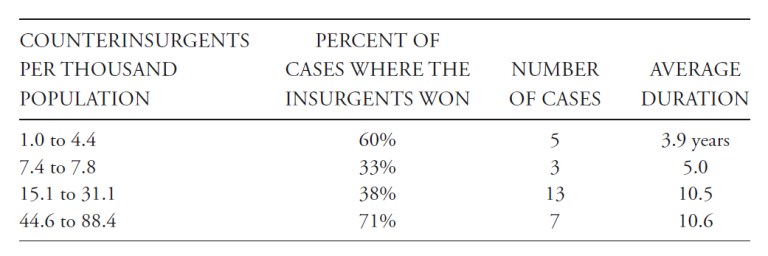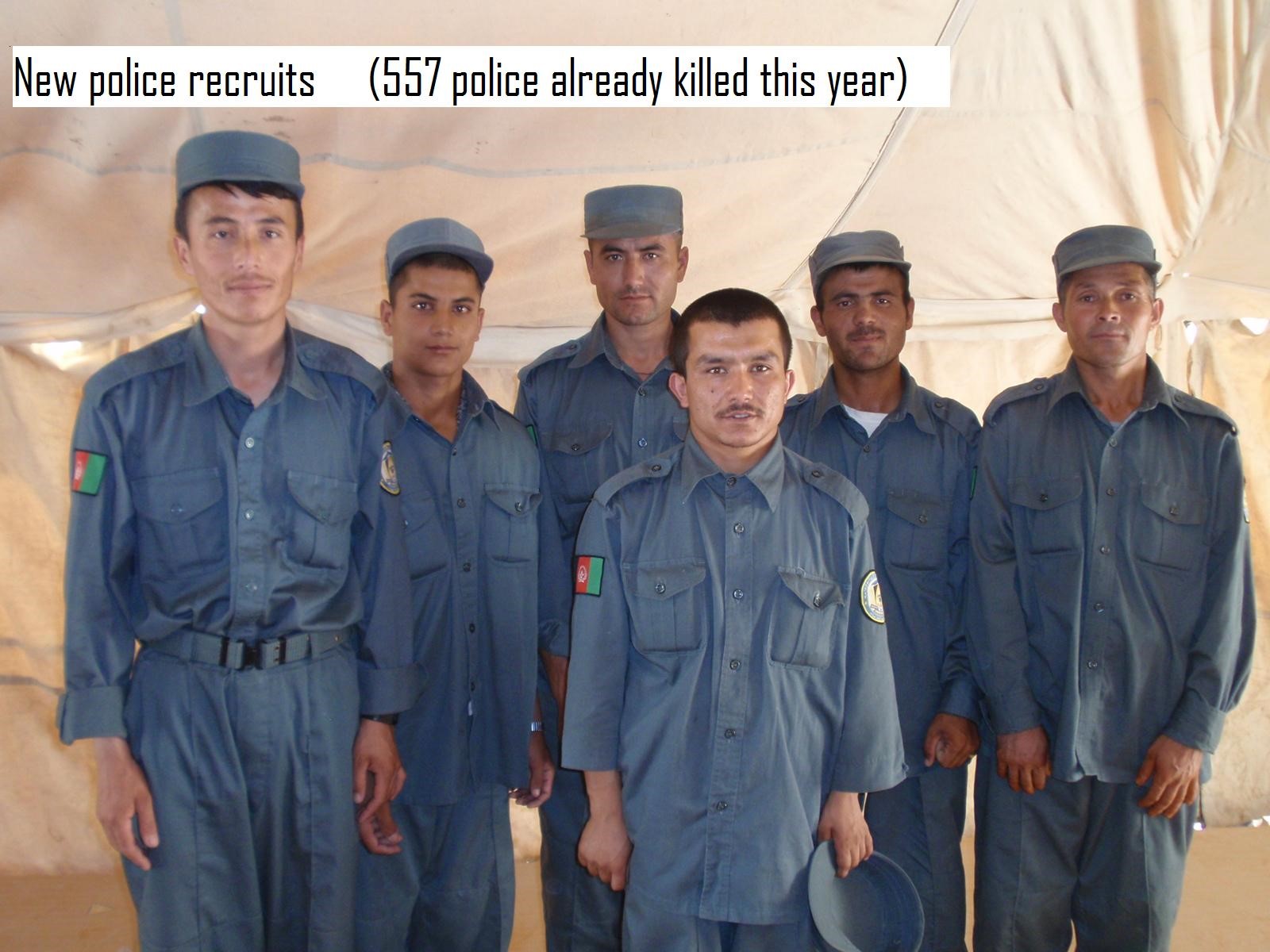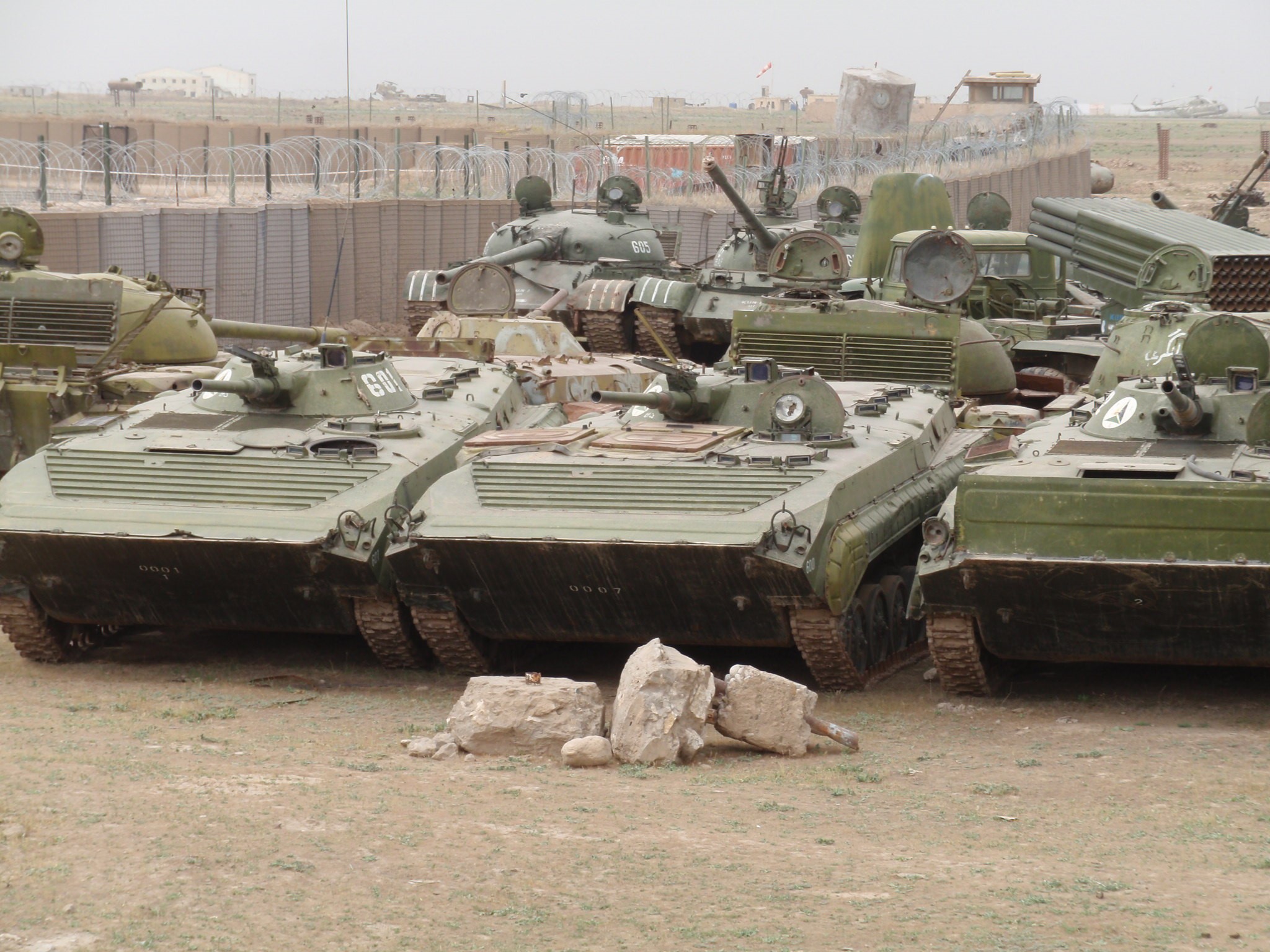
The fourth event of the second day in the Pike & Gallows Conference room was a group discussion on whether we could have won the war in Afghanistan. I opened the discussion with a brief 12-slide presentation, built from my original presentation that morning. It is here: Could We Have Won
We then went into a general discussion around the conference room. I have not checked to see if we got a good video of that.
Anyhow, part of the reason that I added that to the program is that first: I think it actually does need to be discussed. Second, I have thought about blogging about that in depth, although I am spread so thin right now that I have held off doing so. I have not seen anyone else seriously discussing this.
The first presentation of the day was my monstrosity, Iraq, Data, Hypotheses and Afghanistan (which I later turned into the book America’s Modern Wars): NIC Compilation 3.1
The second presentation of the day was Lessons Learned from Haiti 1915-1934 by Dr. Christopher Davis of UNCG: History as an Enemy and Instructor
The third presentation of the day was Estimating War Deaths (in Iraq) by Dr. Michael Spagat of Royal Holloway University of London: Iraq Deaths
——
We had a total of 30 presentations given at the first Historical Analysis Annual Conference (HAAC). We have the briefing slides from most of these presentations. Over the next few weeks, we are going to present the briefing slides on this blog, maybe twice a week (Tuesdays and Thursday). In all cases, this is done with the permission of the briefer. We may later also post the videos of the presentations, but these are clearly going to have to go to another medium (Youtube.com). We will announce when and if these are posted.
The briefings will be posted in the order given at the conference. The conference schedule is here: Schedule for the Historical Analysis Annual Conference (HAAC), 27-29 September 2022 – update 16 | Mystics & Statistics (dupuyinstitute.org)
The nine presentations given on the first day are all here: Presentations from HAAC – Air Combat Analysis on the Eastern Front in 1944-45 | Mystics & Statistics (dupuyinstitute.org)





